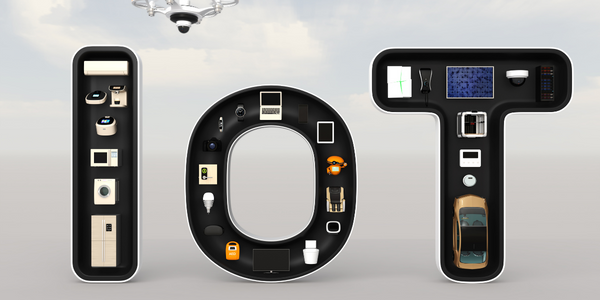Technology Category
- Cybersecurity & Privacy - Database Security
Applicable Industries
- Equipment & Machinery
- Transportation
Applicable Functions
- Maintenance
- Quality Assurance
Use Cases
- Last Mile Delivery
- Leasing Finance Automation
Services
- Testing & Certification
- Training
About The Customer
The customer is a Fortune 5 company operating in the technology industry. With over 10,001 employees, the company has a vast and complex data infrastructure spread across various systems. The company's finance department was particularly affected by the challenges of managing and analyzing this data. They were reliant on legacy reporting tools like SAP Business Objects and Informatica, which were not only time-consuming but also lacked the flexibility and accessibility needed for efficient data management and analysis.
The Challenge
A Fortune 5 company was grappling with the challenge of managing and analyzing data from multiple systems across the organization. The company was heavily reliant on static, homegrown reports that took hours to run, often forcing users to run these reports overnight or during weekends to avoid slowing down critical applications. The process of building new reports using the company’s legacy reporting tools, including SAP Business Objects and Informatica, was time-consuming, taking between 8-12 weeks. These tools only delivered static, graphical reports at specific times to specific people and required considerable maintenance and special skill sets. Furthermore, they did not provide access to queries, drill down or data filtering capabilities for non-technical users.
The Solution
The company adopted Incorta, an innovative solution that integrated with the company’s MongoDB database and existing applications within days. This made it easy to add new data sources and update schemas as needed. Incorta's granular security allowed the company to control who could see sensitive data, with support for single sign-on (SSO) and data encryption both at rest and in transit. Users could filter data on any dimension and easily share reports on mobile devices. Incorta significantly reduced the development and testing time for new reports, drove widespread adoption, and sparked richer conversations around business data all the way up to senior management.
Operational Impact
Quantitative Benefit

Case Study missing?
Start adding your own!
Register with your work email and create a new case study profile for your business.
Related Case Studies.

Case Study
Smart Water Filtration Systems
Before working with Ayla Networks, Ozner was already using cloud connectivity to identify and solve water-filtration system malfunctions as well as to monitor filter cartridges for replacements.But, in June 2015, Ozner executives talked with Ayla about how the company might further improve its water systems with IoT technology. They liked what they heard from Ayla, but the executives needed to be sure that Ayla’s Agile IoT Platform provided the security and reliability Ozner required.

Case Study
IoT enabled Fleet Management with MindSphere
In view of growing competition, Gämmerler had a strong need to remain competitive via process optimization, reliability and gentle handling of printed products, even at highest press speeds. In addition, a digitalization initiative also included developing a key differentiation via data-driven services offers.

Case Study
Predictive Maintenance for Industrial Chillers
For global leaders in the industrial chiller manufacturing, reliability of the entire production process is of the utmost importance. Chillers are refrigeration systems that produce ice water to provide cooling for a process or industrial application. One of those leaders sought a way to respond to asset performance issues, even before they occur. The intelligence to guarantee maximum reliability of cooling devices is embedded (pre-alarming). A pre-alarming phase means that the cooling device still works, but symptoms may appear, telling manufacturers that a failure is likely to occur in the near future. Chillers who are not internet connected at that moment, provide little insight in this pre-alarming phase.

Case Study
Premium Appliance Producer Innovates with Internet of Everything
Sub-Zero faced the largest product launch in the company’s history:It wanted to launch 60 new products as scheduled while simultaneously opening a new “greenfield” production facility, yet still adhering to stringent quality requirements and manage issues from new supply-chain partners. A the same time, it wanted to increase staff productivity time and collaboration while reducing travel and costs.

Case Study
Integration of PLC with IoT for Bosch Rexroth
The application arises from the need to monitor and anticipate the problems of one or more machines managed by a PLC. These problems, often resulting from the accumulation over time of small discrepancies, require, when they occur, ex post technical operations maintenance.

Case Study
Data Gathering Solution for Joy Global
Joy Global's existing business processes required customers to work through an unstable legacy system to collect mass volumes of data. With inadequate processes and tools, field level analytics were not sufficient to properly inform business decisions.







